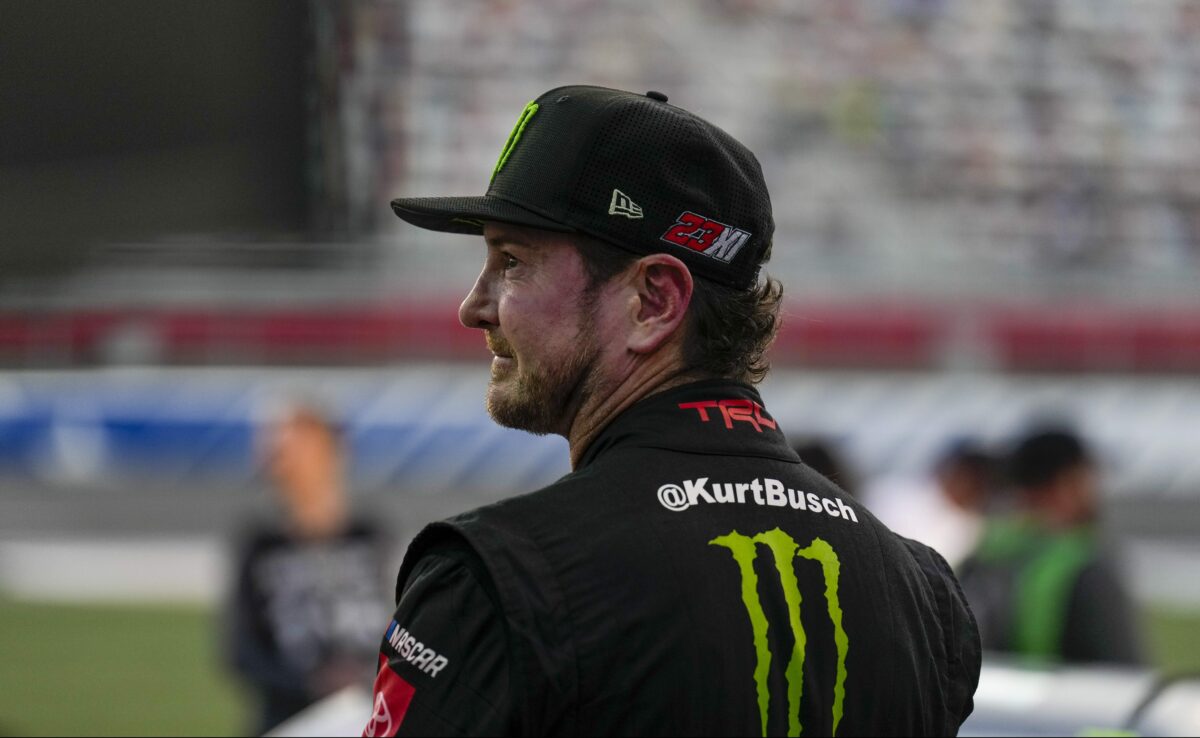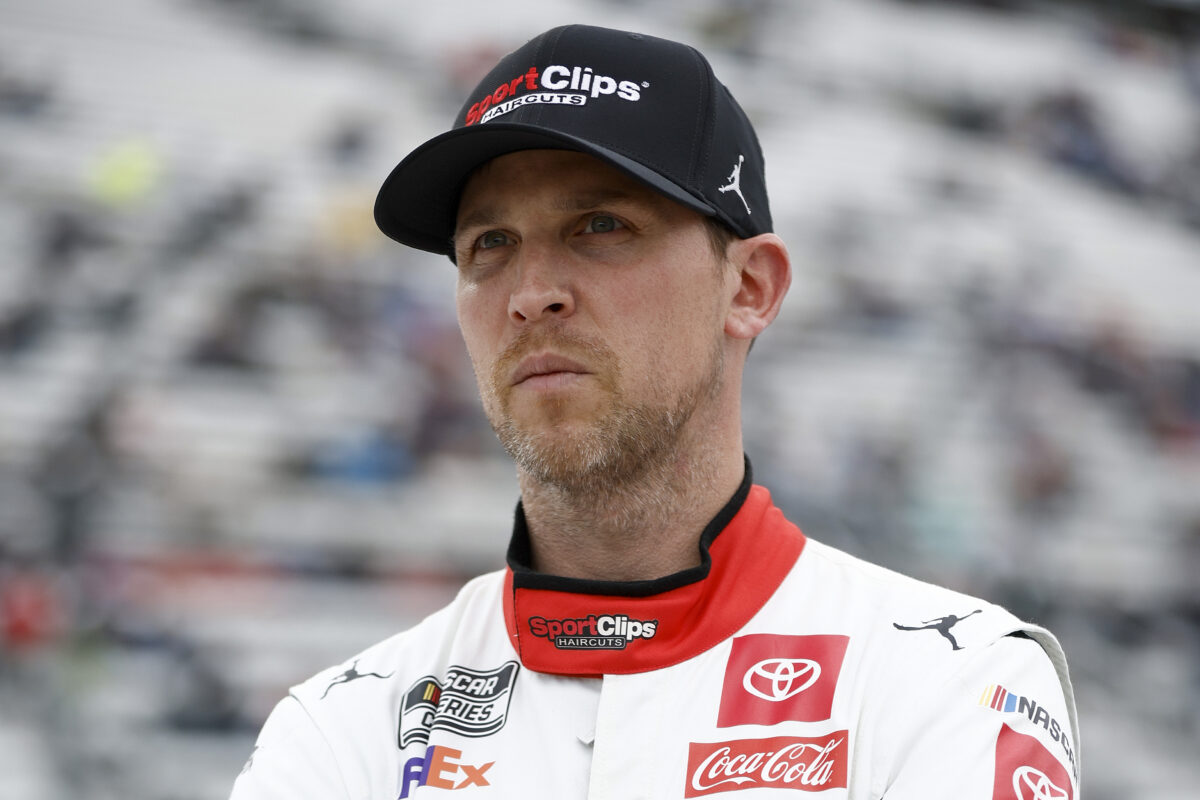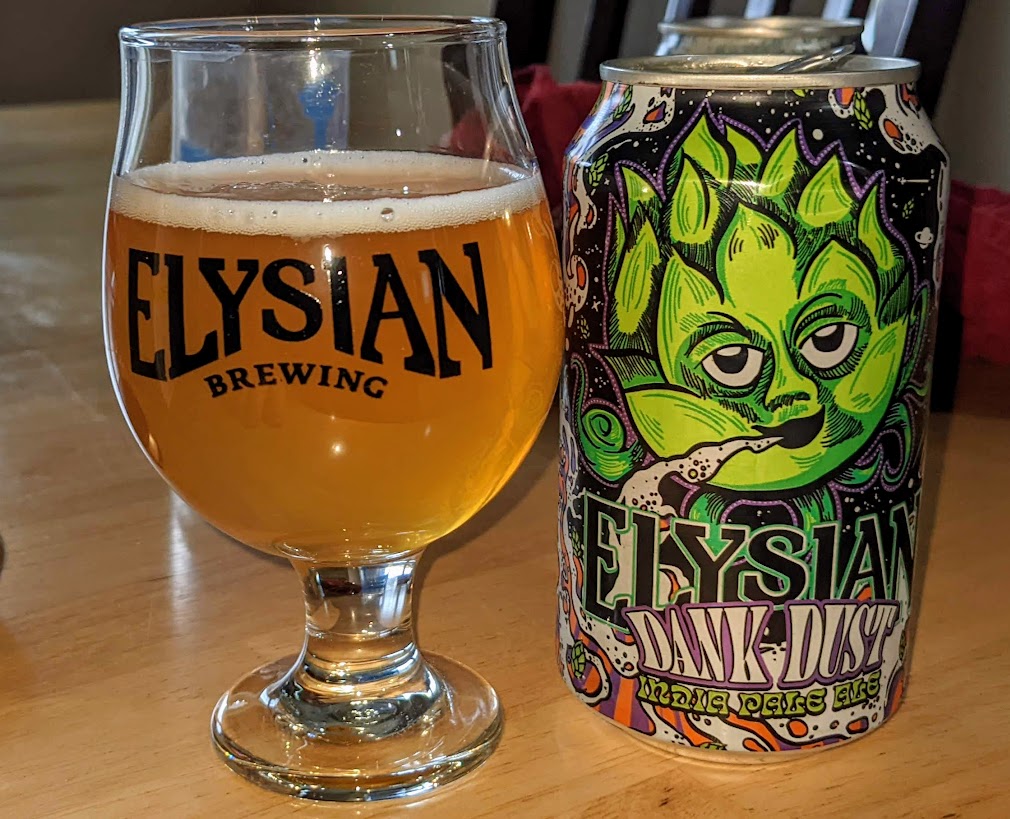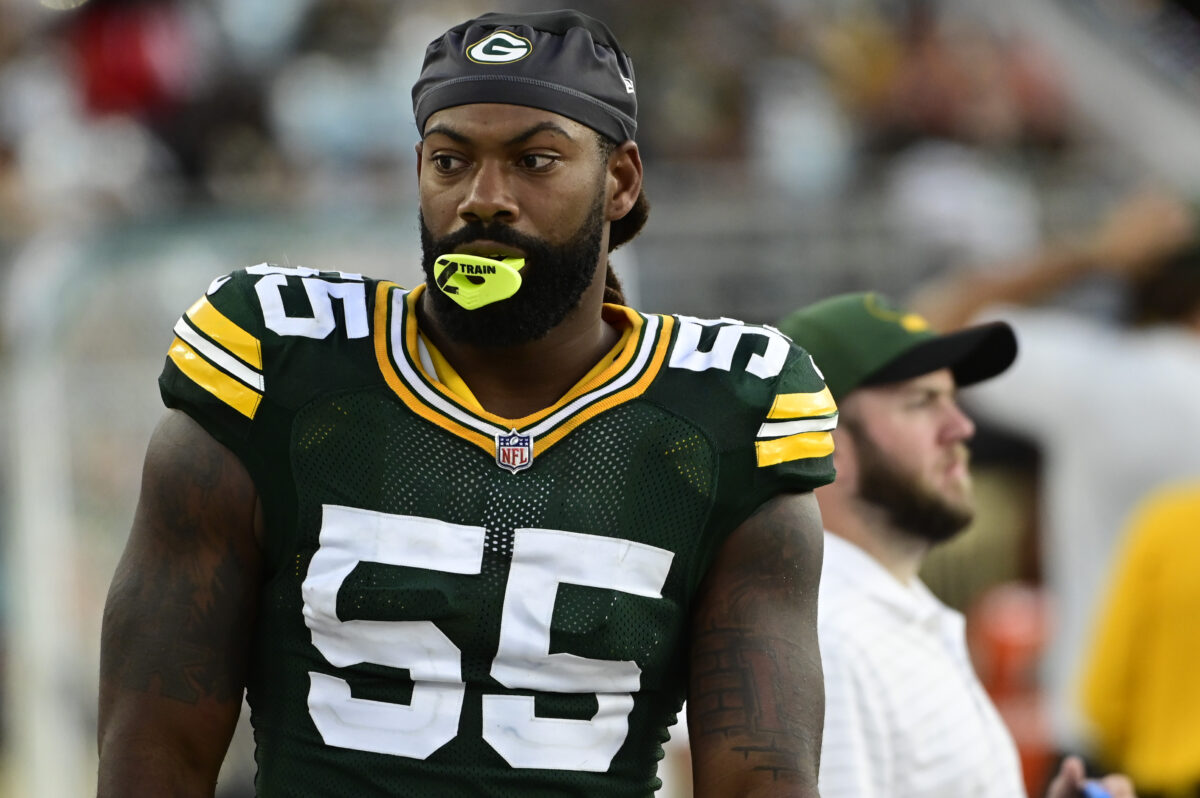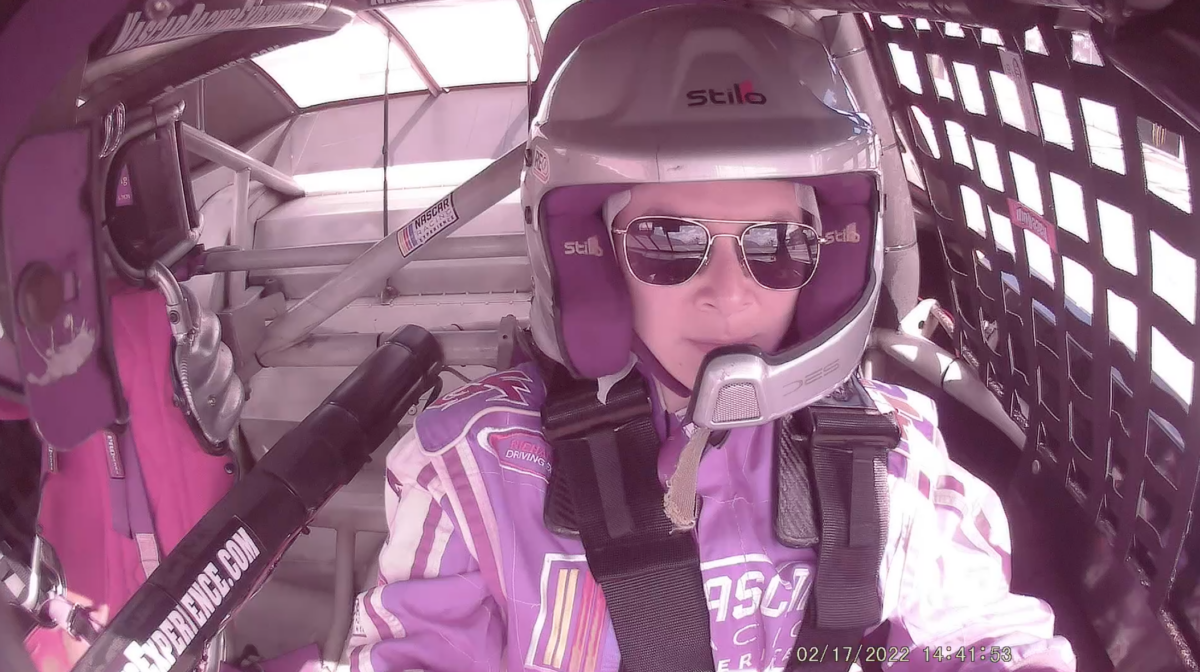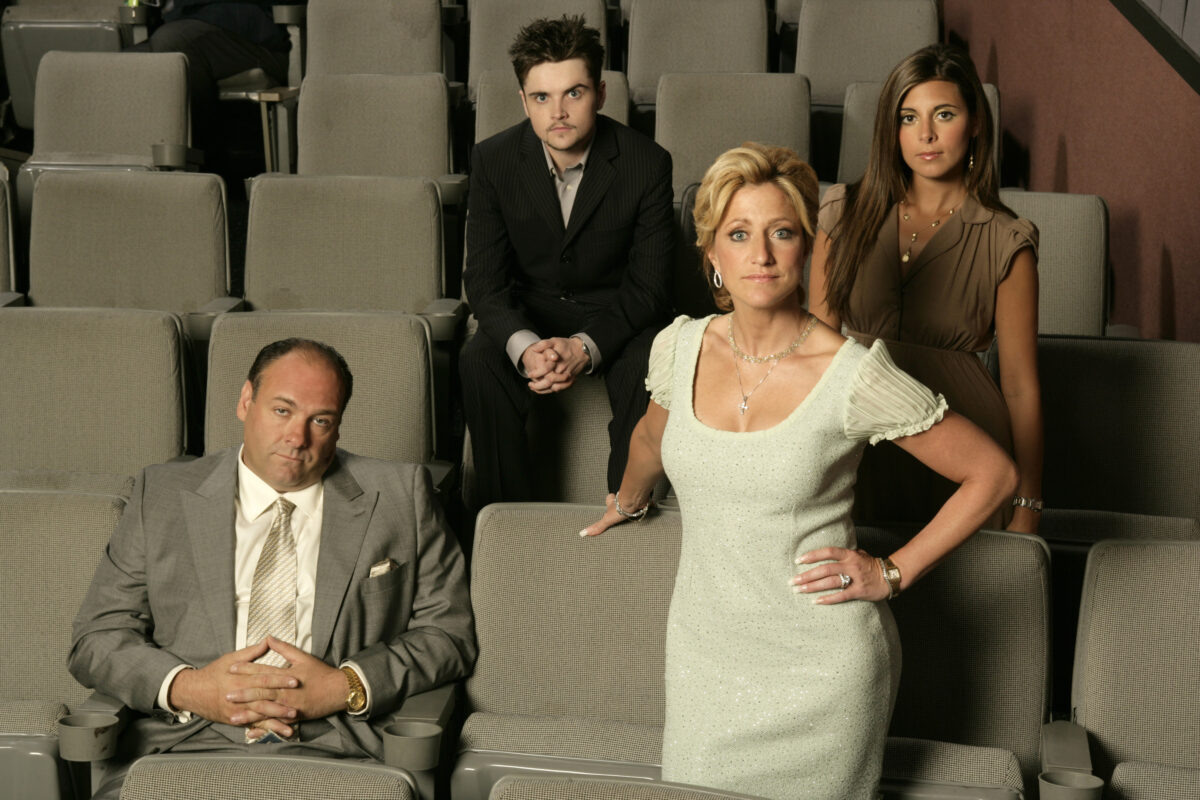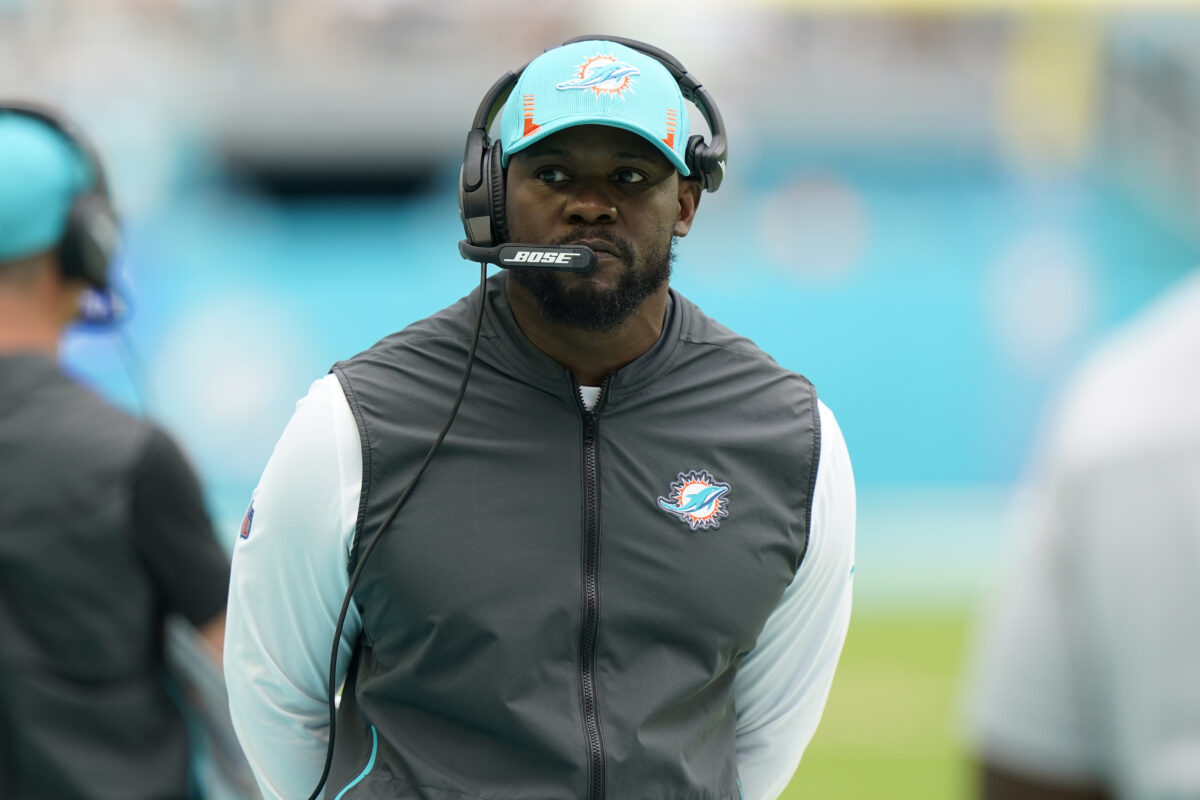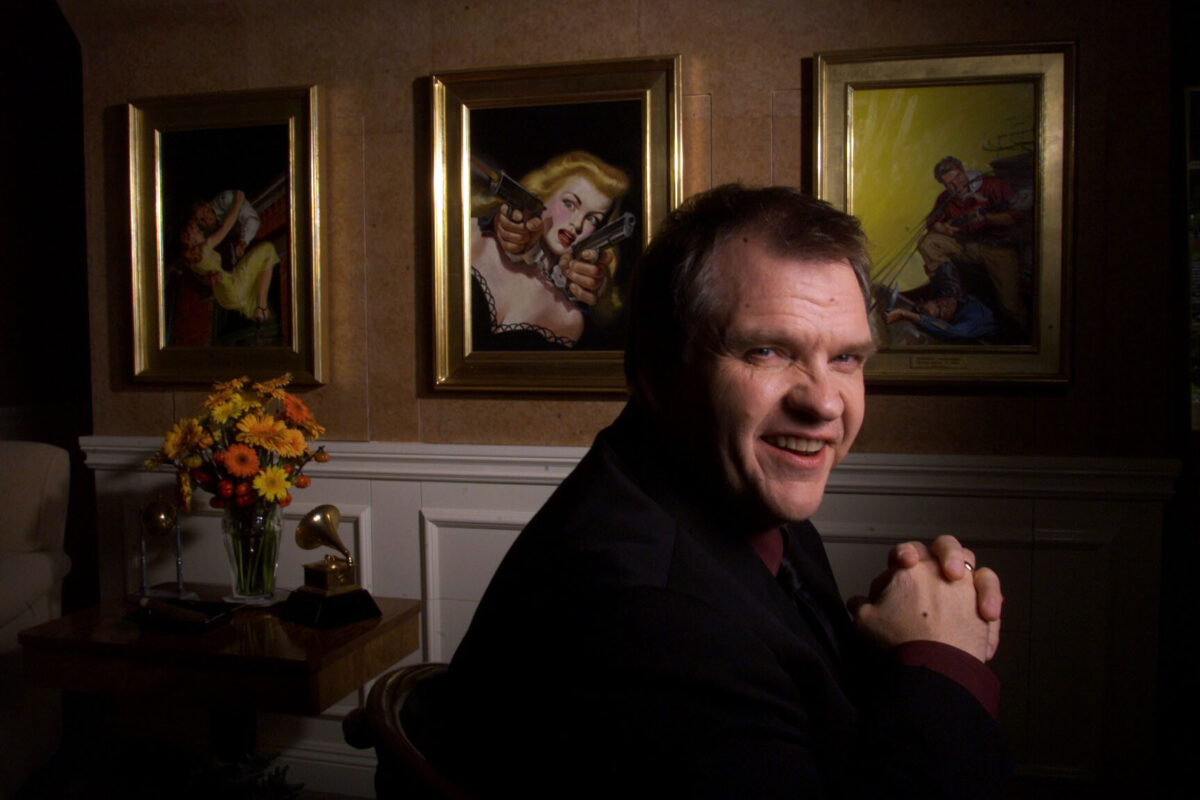Ask any active NFL player how they spend their time during breaks in the action in real games, and you’ll likely get the same variety of responses. In an era that prides itself on meticulously watching calories and treating the body like a temple, modern players probably won’t smoke or drink before competing against other elite athletes. They have to be prepared for what is essentially a battle, and anything less than their physical best puts them at a disadvantage in such a struggle.
Based on one black and white moment in a Pro Football Hall of Fame career, former Chiefs quarterback Len Dawson did not possess that strict mindset.
The legendary Kansas City signal-caller and later NFL broadcaster died at the age of 87, his family announced Wednesday. As tributes poured in from around the football world, one iconic photo from Dawson’s career stood tall above the countless wonderful stories, memorials and words of appreciation.
I’m talking about the time that a clearly exhausted Dawson — with his jersey and uniform already disheveled in an appropriate “football” way — smoked a cigarette while drinking a Fresca during the halftime of Super Bowl I versus the Packers in January 1967.
A smoke, a Fresca and a Hall of Fame career. RIP Len Dawson 🙏🏾 pic.twitter.com/Knt7A13Mmb
— Steve Wyche (@wyche89) August 24, 2022
Look at Dawson’s face. How casual he is. How seemingly relieved he is while copping one solitary moment of peace — in this case, a small cigarette — during a football game that undoubtedly took a toll in more ways than one. If there were ever a moment that summarized what it’s like to strap the pads on and put one’s body through the rigors of pro football, it was Dawson sitting on that folding chair, hunched over, just trying to kick back for a few minutes.
Dawson wasn’t necessarily alone or unique in smoking mid-game. Far from it. Here’s what Chiefs Hall of Famer Fred Arbanas once told Yahoo Sports about Kansas City’s laissez-faire approach to smoking in the locker room:
“I’d smoke a cigar, and probably more than half the guys smoked cigarettes back then. A lot of times, you’d come into our locker room, and you could hardly see, it’d be so smoky in there. There were plenty of other guys smoking cigarettes, too, but Lenny’s [Dawson] the quarterback — he’s the one that they snapped.”
That’s befitting of a 1960s era before smoking’s toxic effects on the lungs were common knowledge and before it was a United States medical standard to advise against smoking. Dawson wasn’t alone as a football player, professional athlete or many people in other physical endeavors then. It was a different time with a different standard of health.
But not everyone showed such candor at what it was like to play a dangerous game like football and to try to take a breath amidst all the punishment. Not everyone encapsulated an era of sports history behind the scenes in the same way. Dawson did — whether it was intentional or not.
After losing that Super Bowl to Green Bay, Dawson and the Chiefs returned three years later in Super Bowl IV to capture Kansas City’s then-lone NFL championship over the Vikings. After completing 12-of-17 passes for 142 yards and a touchdown, Dawson was named the MVP of that game.
Many people will — and probably rightfully — consider that Super Bowl IV performance the highlight of Dawson’s prolific career. They might even point to his various top AFL passing marks over the years. More likely, they’ll note that his bronze bust in Canton can epitomize all of those achievements in one neat package.
With respect, I have to disagree.
When I think of the late Len Dawson, I think of the time he just wanted to step back from all the chaos of a football field with a cigarette and a soda in a glass bottle. And when I think of Dawson at that moment, what I envision is a warrior recharging for a brutal battle by simply trying to take a load off while he could.
[mm-video type=video id=01fr3aysdmk8ny17zbkr playlist_id=none player_id=none image=https://images2.minutemediacdn.com/image/upload/video/thumbnail/mmplus/01fr3aysdmk8ny17zbkr/01fr3aysdmk8ny17zbkr-00431eeb44424adfb8fe57ca6cc93c44.jpg]
[listicle id=1366220]
[vertical-gallery id=1947147]

